The Allure of Temporal Exploration: A Deep Dive into Film Penjelajahan Waktu
The concept of time travel has captivated humanity for centuries, inspiring countless stories and fueling scientific debate. Within the realm of cinema, film penjelajahan waktu (time exploration film) represents a particularly compelling and versatile genre. From cautionary tales about altering the past to optimistic visions of future possibilities, these films tap into our fundamental anxieties and hopes about time, causality, and the human condition. This article will delve into the history, recurring themes, technical aspects, and cultural impact of film penjelajahan waktu, examining key examples and exploring why this genre continues to resonate with audiences worldwide.

A Brief History of Time Travel on Screen
While the idea of traveling through time predates cinema, the earliest examples of film penjelajahan waktu began to emerge in the early 20th century. H.G. Wells’s 1895 novel The Time Machine served as a foundational text, and its 1960 film adaptation, though dated by modern standards, remains a landmark achievement. The genre truly began to blossom in the latter half of the 20th century, fueled by advances in special effects and a growing public fascination with science fiction.
Films like Planet of the Apes (1968), though initially presented as a straightforward sci-fi adventure, cleverly incorporates a time travel twist. The 1980s saw a surge in popularity with iconic films like Back to the Future (1985), which popularized a lighter, more comedic approach to film penjelajahan waktu, and The Terminator (1984), which explored darker, more dystopian possibilities. The 1990s and 2000s witnessed increasingly complex narratives, such as Twelve Monkeys (1995) and Donnie Darko (2001), pushing the boundaries of the genre.
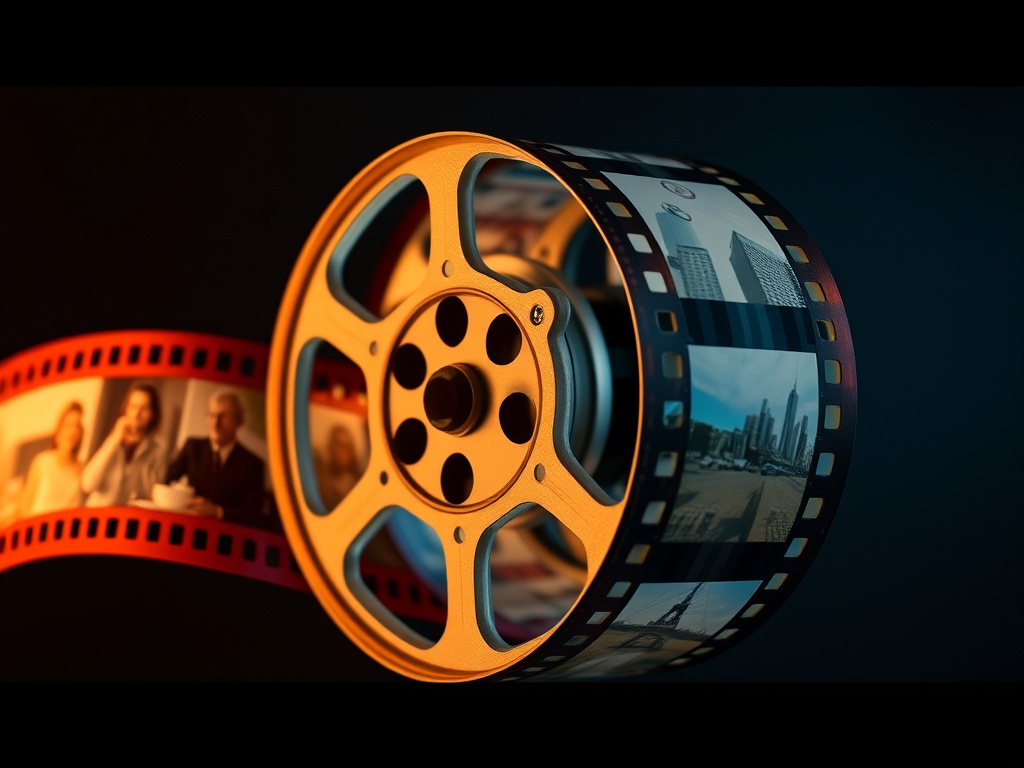
Common Themes in Film Penjelajahan Waktu
Despite the diverse approaches to storytelling, several recurring themes consistently appear in film penjelajahan waktu.
- Causality and the Butterfly Effect: The idea that even small changes to the past can have enormous, unforeseen consequences in the future is a cornerstone of many film penjelajahan waktu. The Butterfly Effect (2004) exemplifies this concept, demonstrating the potential for devastating outcomes when attempting to alter personal history.
- Predestination vs. Free Will: Many films explore whether time travel reinforces a predetermined timeline or allows for genuine agency. 12 Monkeys grapples with this question, presenting a bleak view of a fixed past.
- The Perils of Altering History: Often, film penjelajahan waktu serves as a cautionary tale about the dangers of tampering with the past, suggesting that doing so can lead to unintended and catastrophic results. Looper (2012) illustrates this with a gritty, noir-infused take on time travel and its consequences.
- Nostalgia and Regret: The desire to revisit the past and correct mistakes is a powerful motivator for time travel in many narratives. This theme often explores themes of loss, regret, and the impossibility of truly changing what has been.
- Identity and Self-Discovery: Time travel can force characters to confront different versions of themselves and grapple with questions of identity and self-worth.
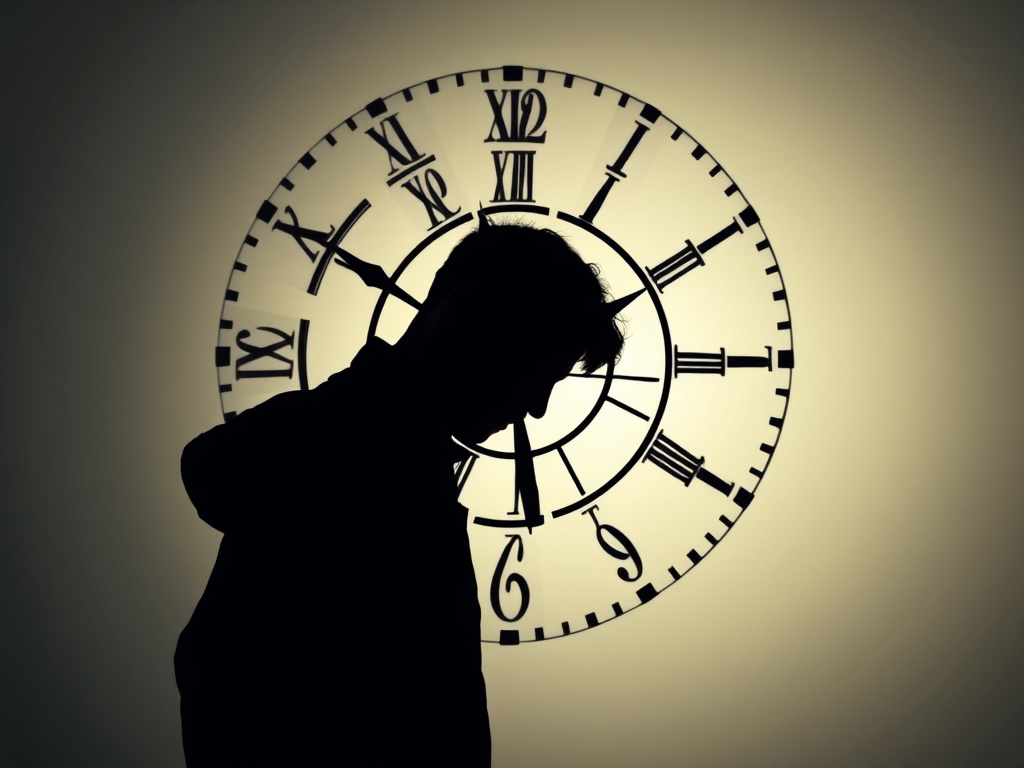
The Mechanics of Time Travel in Film
The methods of time travel depicted in film penjelajahan waktu vary significantly, often drawing on (or completely disregarding) scientific theories.
- Time Machines: The classic approach, exemplified by The Time Machine and Back to the Future, involves a physical device that allows characters to move through time.
- Wormholes and Einstein-Rosen Bridges: Inspired by theoretical physics, films like Contact (1997) and Interstellar (2014) utilize wormholes as pathways through spacetime.
- Temporal Anomalies: Some films feature naturally occurring distortions in time, such as those found in Primer (2004), which provides a notoriously complex and realistic depiction of time travel.
- Psychic Projection/Astral Travel: Donnie Darko utilizes a more esoteric approach, involving a protagonist who experiences visions of the future and is compelled to alter the past.
- Dreaming/Alternate Realities: Films like Source Code (2011) blur the lines between time travel and simulated realities, exploring the potential for reliving past events.

Notable Examples of Film Penjelajahan Waktu – A Comparative Table
| Film Title | Year | Time Travel Method | Key Theme(s) | Critical Reception |
|---|---|---|---|---|
| Back to the Future | 1985 | DeLorean Time Machine | Causality, Nostalgia | Highly Positive |
| The Terminator | 1984 | Time Displacement | Predestination, Dystopian Future | Highly Positive |
| Twelve Monkeys | 1995 | Time Displacement | Predestination, Mental Illness | Positive |
| Donnie Darko | 2001 | Temporal Anomalies | Free Will, Sacrifice, Fate | Cult Classic |
| Looper | 2012 | Time Displacement | Consequences, Morality | Highly Positive |
| Interstellar | 2014 | Wormholes | Love, Survival, Relativity | Highly Positive |
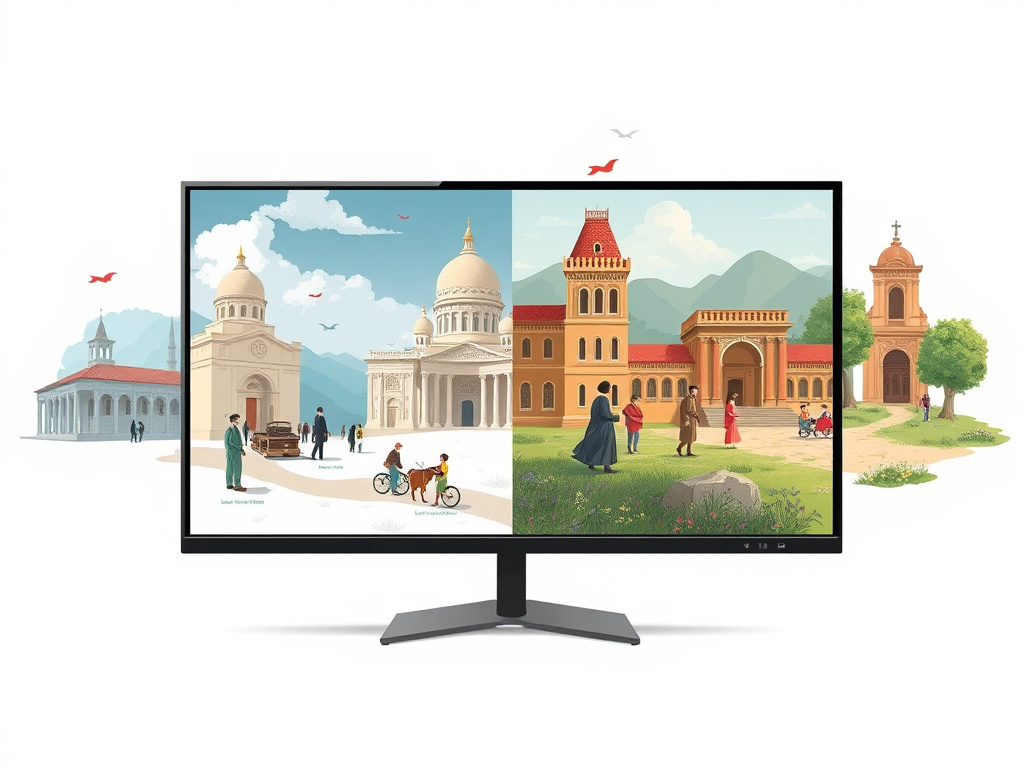
Examining the Paradoxes
Film penjelajahan waktu often tackles the inherent paradoxes that arise from altering the past.
- The Grandfather Paradox: Perhaps the most famous paradox, it asks what would happen if you went back in time and killed your own grandfather. Would you cease to exist? Films like Primer and Looper explore variations of this concept.
- Bootstrap Paradox: This paradox involves an object or information having no discernible origin, existing only because it was sent back in time.
- Predestination Paradox: This happens when attempts to change the past actually cause the events you were trying to prevent. 12 Monkeys masterfully utilizes this trope.
These paradoxes aren’t necessarily flaws in the storytelling; they are often integral to the narrative’s exploration of free will, fate, and the nature of reality.

The Influence of Science and Philosophy
The genre of film penjelajahan waktu is heavily influenced by scientific and philosophical concepts. Albert Einstein’s theory of relativity, particularly the concept of spacetime, provides a theoretical framework for many time travel narratives. Philosophers have long debated the nature of time – is it linear, cyclical, or something else entirely? These discussions often inform the thematic underpinnings of these films. Films like Arrival (2016), while not strictly about time travel, explore non-linear perceptions of time and their impact on consciousness.
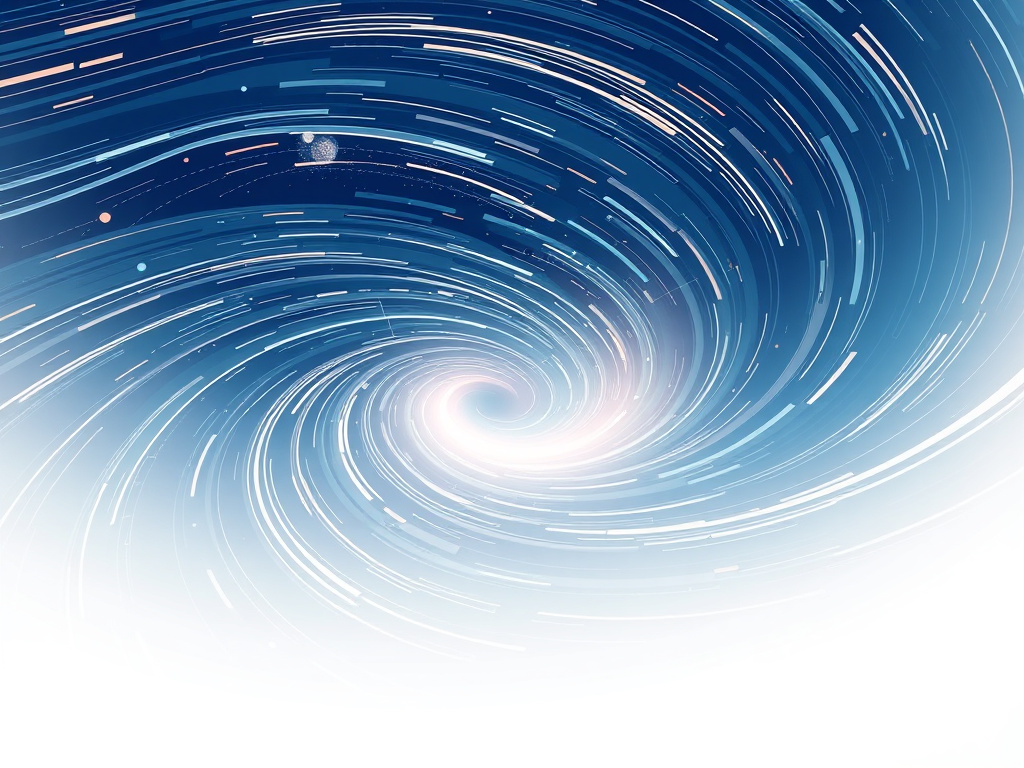
Beyond Hollywood: International Film Penjelajahan Waktu
While Hollywood dominates the global film industry, notable film penjelajahan waktu also originate from other countries. Japanese cinema, for example, has a rich tradition of exploring time travel themes, often with a focus on emotional resonance and philosophical inquiry. Toki o Kakeru Shōjo (The Girl Who Leapt Through Time, 2006) is a critically acclaimed anime film that offers a heartfelt exploration of adolescence and the consequences of altering the past. Korean films like +1 (2013) offer unique twists on the genre.
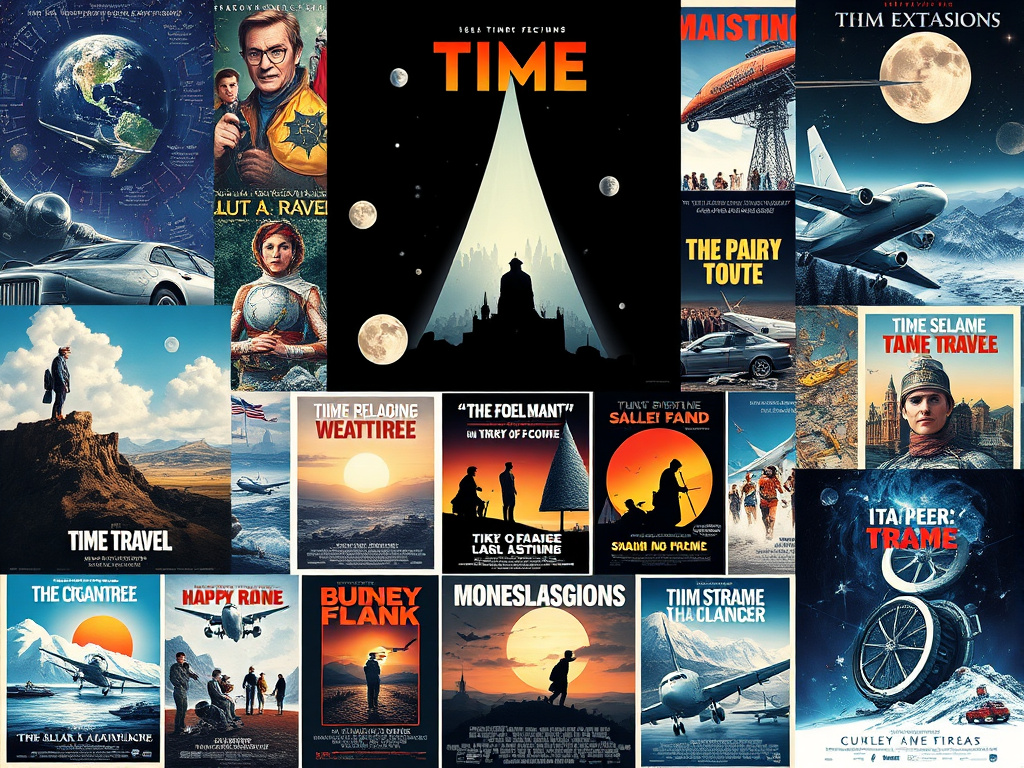
The Evolution of Visual Effects and Storytelling
The visual representation of time travel has evolved dramatically over the years. Early films relied on practical effects and matte paintings, while modern film penjelajahan waktu employs sophisticated CGI to create stunning visual sequences. The shift towards more complex narratives has also driven innovations in storytelling techniques, with films like Memento (2000) using non-linear storytelling to mirror the disorienting experience of time manipulation.

The Enduring Appeal of Film Penjelajahan Waktu
The continued popularity of film penjelajahan waktu stems from its ability to explore universal human themes in a compelling and imaginative way. It allows us to contemplate our relationship with the past, present, and future, and to grapple with fundamental questions about fate, free will, and the meaning of existence. The genre’s versatility allows for diverse interpretations, ranging from lighthearted adventures to dark and thought-provoking dramas. Film penjelajahan waktu isn’t just about the mechanics of traveling through time; it’s about what that journey reveals about ourselves and the world around us. The genre provides a unique lens through which to examine the human condition, ensuring its continued relevance and appeal for generations to come.

Key Takeaways
- Film penjelajahan waktu is a diverse and enduring genre with roots in early science fiction literature.
- Recurring themes include causality, predestination, and the perils of altering history.
- The genre draws inspiration from scientific theories and philosophical debates about the nature of time.
- Visual effects and storytelling techniques have evolved significantly, enhancing the immersive experience.
- The enduring appeal of film penjelajahan waktu lies in its ability to explore universal human themes and provoke thought-provoking questions.
The Future of Film Penjelajahan Waktu: Emerging Trends
Looking ahead, several trends suggest exciting new directions for film penjelajahan waktu. One prominent shift is a move away from grand-scale, world-altering time travel narratives towards more intimate and character-focused stories. While blockbusters featuring paradoxes and universe-spanning consequences will likely continue, there’s a growing appetite for films that explore the personal and emotional ramifications of temporal manipulation on a smaller scale. This trend is evidenced by independent films like Synchronicity (2015), which blends time travel with themes of love, loss, and scientific experimentation, focusing on individual experiences rather than global stakes.
Another emerging trend is the increasing integration of time travel elements with other genres. We’re seeing a rise in “time-bending thrillers” – films that utilize time loops and fractured timelines to enhance suspense and intrigue, rather than solely relying on the mechanics of time travel itself. Palm Springs (2020), a comedic romantic film utilizing a time loop, exemplifies this blending of genres, demonstrating that the concept of time travel can serve as a compelling narrative device even without a focus on complex scientific explanations. Similarly, the integration of time travel into horror films, such as the recent Time Trap (2017), offers a new dimension to the genre, capitalizing on the anxieties and disorientation inherent in manipulating time.
Furthermore, advancements in virtual reality (VR) and augmented reality (AR) technologies are poised to revolutionize how we experience time travel stories. Immersive VR experiences could allow viewers to actively participate in temporal journeys, making choices that impact the narrative and blurring the lines between observer and participant. AR applications could overlay historical events onto our present-day surroundings, offering a unique and interactive way to explore the past. This convergence of storytelling and technology promises a future where film penjelajahan waktu transcends the limitations of traditional cinematic formats.
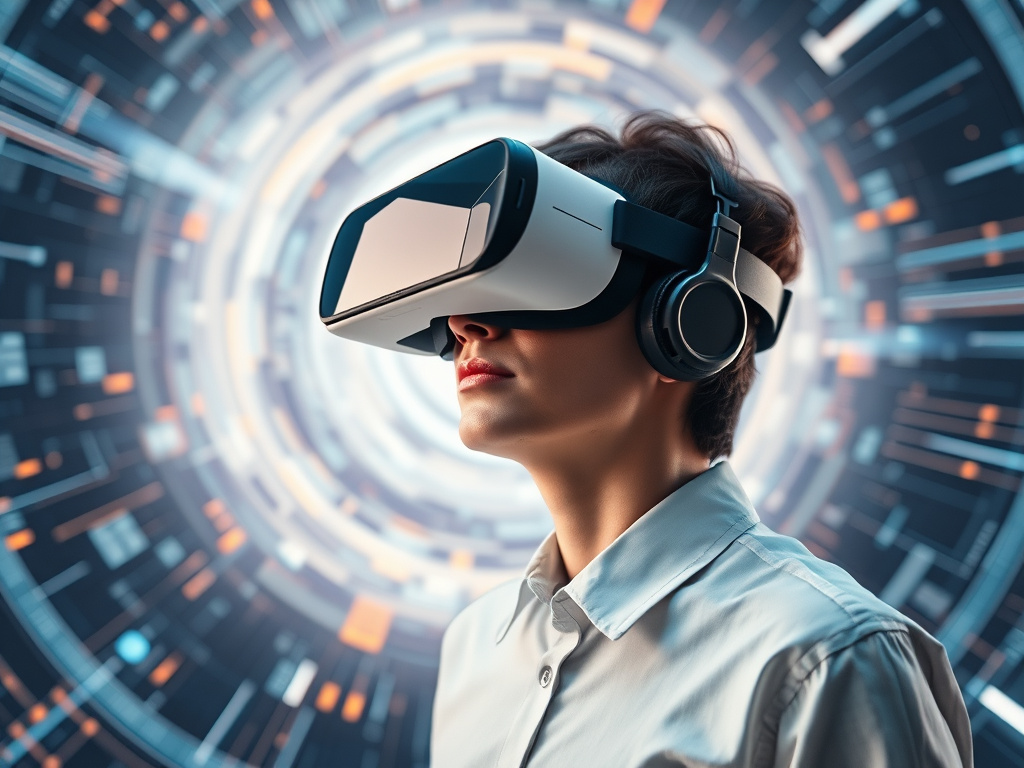
The Ethical Considerations of Temporal Intervention: A Growing Narrative Focus
As our understanding of time and its potential manipulation grows – even within the realm of fiction – so too does the exploration of the ethical dilemmas associated with temporal intervention. Early film penjelajahan waktu often focused on the possibility of time travel, but contemporary films are increasingly grappling with the responsibility that comes with it.
This is particularly evident in narratives that explore the consequences of altering traumatic historical events. Films are starting to ask harder questions: Is it justifiable to change the past to prevent suffering, even if it means unforeseen consequences? Who has the right to make such decisions? And what are the potential ramifications for free will and historical agency? The Man in the High Castle (TV series, 2015-2019), while an alternate history narrative, touches upon similar themes by exploring the ethical complexities of altering a predetermined timeline.
The rise of this ethical focus reflects a broader societal awareness of the potential for unintended consequences, not just in science, but in all aspects of human endeavor. Film penjelajahan waktu provides a safe space to explore these complex issues, prompting audiences to consider the moral implications of manipulating forces beyond our control.
The Influence of Cultural Context on Time Travel Narratives
It is important to acknowledge that the portrayal of time travel in film penjelajahan waktu is often heavily influenced by the cultural context in which it is created. Western narratives typically emphasize individualism, agency, and the pursuit of progress, often framing time travel as a means to correct personal mistakes or achieve a better future. However, Eastern narratives, particularly those from Japan and Korea, often incorporate themes of fate, interconnectedness, and the acceptance of impermanence, resulting in more nuanced and contemplative depictions of time travel.

Leave a Reply